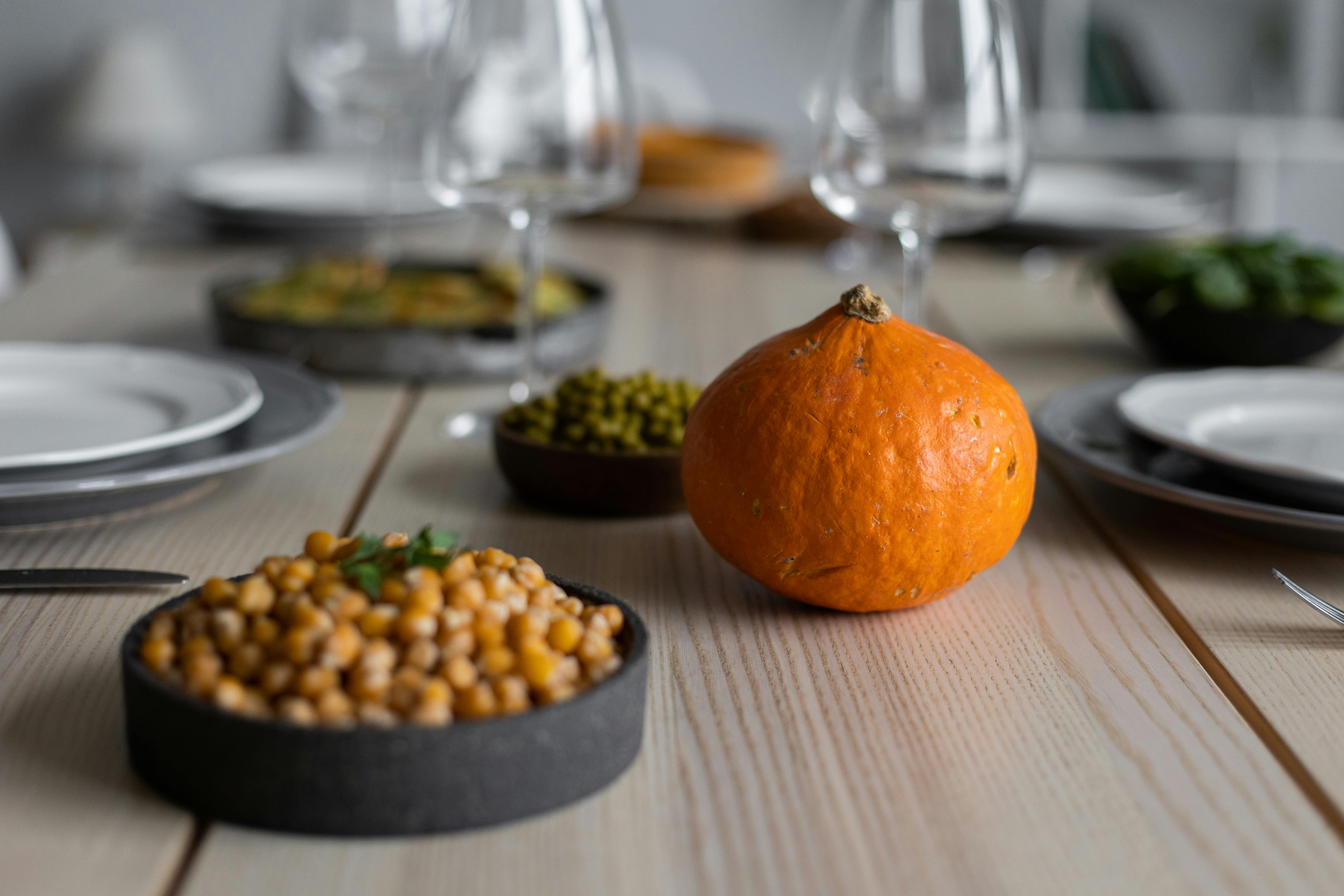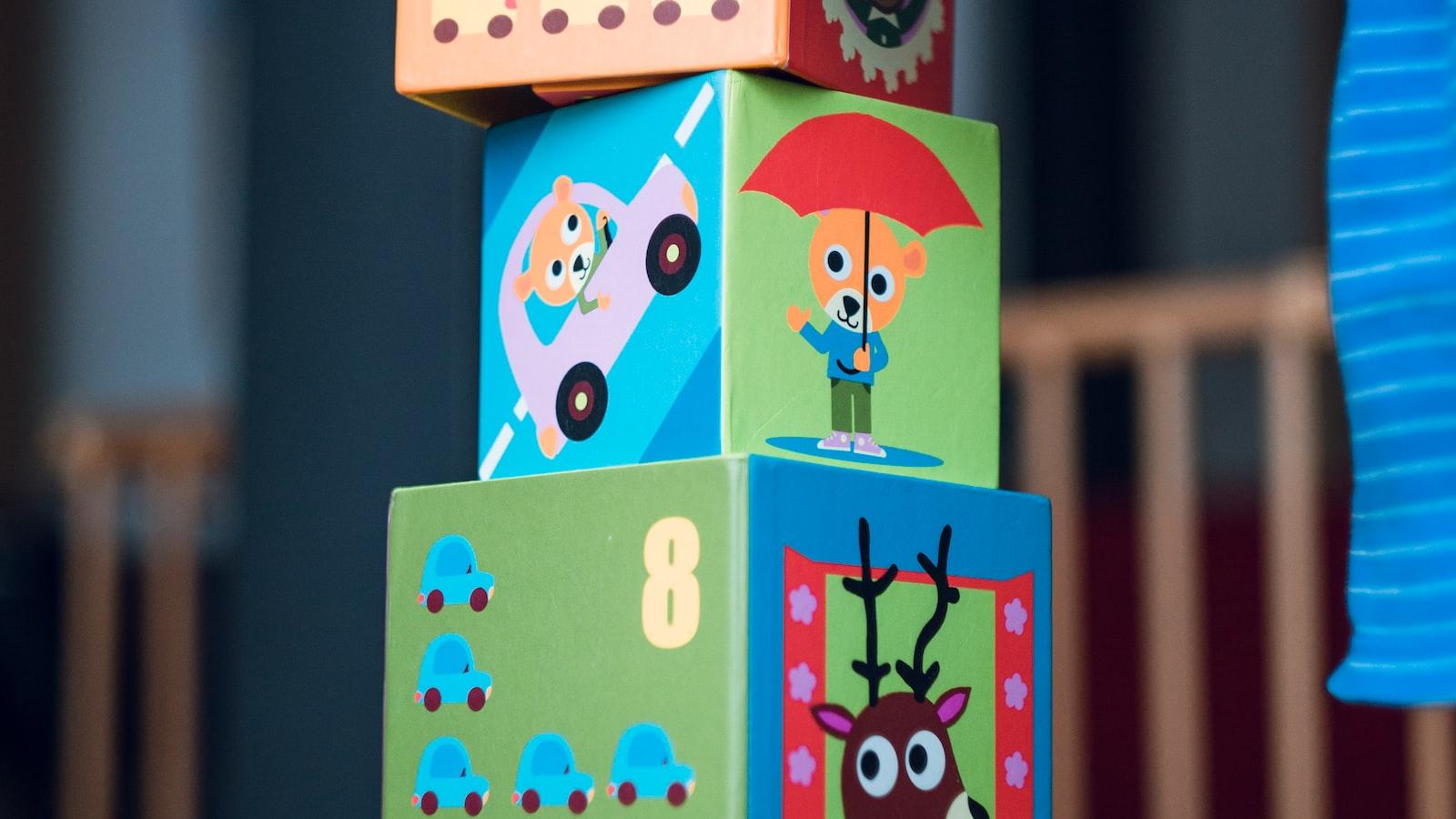Serving chickpeas to your baby can be a great way to introduce them to legumes, which are an important part of a balanced diet. Chickpeas are packed with nutrients that can help your baby grow and develop, including protein, fiber, calcium, and iron. Before you serve chickpeas to your baby, it’s important to prepare them in a way that is safe and suitable for their age and development. This guide will show you how to serve chickpeas to your baby in a way that is both nutritious and delicious!To prepare chickpeas for babies, start by soaking dried chickpeas overnight in cold water. Then, drain the chickpeas and rinse them with fresh water. Place the chickpeas in a pot and cover with fresh water. Bring the pot to a boil over medium-high heat and then reduce to low heat and simmer for 30 minutes or until the chickpeas are soft. Drain the cooked chickpeas and allow them to cool before serving them to your baby.
Benefits Of Eating Chickpeas For Babies
Chickpeas are a great source of nutrition for babies. They are high in protein, fiber, vitamins, minerals, and healthy fats. In addition to these benefits, they are also easy to digest and provide essential nutrients for growth and development. They can be an excellent addition to a baby’s diet as early as 6 months old.
One of the most important benefits of eating chickpeas for babies is that they provide a good source of protein. Protein is essential for growth and development in babies, as it helps build muscle, bones, and skin. Chickpeas are an especially good source of plant-based proteins which can be beneficial for those who don’t eat animal proteins such as meat or dairy products.
Another benefit is that chickpeas are high in fiber which can help with digestion and keep babies regular. Fiber also helps to fill them up so they may be less likely to become constipated. Additionally, the fiber in chickpeas can help lower cholesterol levels and aid in weight loss.
Chickpeas also contain a variety of vitamins and minerals including folate, iron, magnesium, phosphorus, potassium, zinc, copper and manganese. These all help support healthy development and growth in babies while helping to keep their immune systems strong. Additionally, chickpeas contain healthy fats which are essential for growth and brain development.
Finally, eating chickpeas is an easy way for parents to introduce new flavors into their baby’s diet while providing them with essential nutrients needed for their growth and development. Chickpeas can be cooked up easily with other flavors or mashed up into a paste-like consistency making them easier to eat at a young age.
At What Age Can Babies Start Eating Chickpeas?
Chickpeas are a nutritious, versatile food that can be enjoyed by people of all ages. Babies can start eating chickpeas as soon as they are ready to start eating solid foods, which is usually around 6 months of age. However, it is important to introduce chickpeas in the right way, as they can pose a choking hazard for young infants.
Before introducing chickpeas to your baby, it is important to speak with a pediatrician or health care provider to ensure that your baby is ready for solid foods and that they do not have any allergies or dietary sensitivities. It is also important to consider the texture of the chickpeas when deciding whether or not your baby is ready for them.
If your baby has already been introduced to other soft, mashed foods such as pureed vegetables and fruits then they may be ready for mashed or pureed chickpeas. If your baby has already been introduced to more textured finger foods such as soft-cooked pieces of fruit or vegetable then they may be ready for cooked, diced chickpeas.
When introducing any new food to a baby it is important to do so one at a time and in small amounts so that you can monitor for any potential allergic reactions or digestive issues. It may also be helpful to wait several days between introducing new foods so that you can observe how your baby reacts after each introduction.
Chickpeas are an incredibly nutritious food and offer numerous health benefits including protein, fiber, vitamins and minerals. If you decide to introduce chickpeas into your baby’s diet it may be helpful to look for recipes specifically designed for babies and toddlers which use cooked and puréed chickpeas as an ingredient. This will help ensure that your baby receives all the nutrients they need while still enjoying delicious meals!
In conclusion, babies can start eating chickpeas as soon as they are ready for solid foods – usually around 6 months of age – provided that their pediatrician has given the go-ahead and the texture of the food is appropriate for their age group.
How To Cook Chickpeas For Babies
Cooking chickpeas for babies is a simple process and can be done with just a few simple steps. First, make sure to start with dried chickpeas, as these are the safest and most nutritious option for your baby. Soak the chickpeas overnight in a bowl of water. This helps to soften them and make them easier to digest. The next day, drain the water and rinse the chickpeas several times to remove any dirt or debris.
Once the chickpeas are cleaned, it’s time to start cooking. Place them in a pot with enough water to cover them completely and bring it to a boil. Simmer for about 45 minutes or until tender when pierced with a fork. If you want an even softer texture, you can cook for an additional 10 minutes or so. Once cooked, drain off any remaining liquid and allow the chickpeas to cool before feeding them to your baby.
Chickpeas can be used in many different ways when feeding your baby. They can be mashed up into a puree or blended into a soup or stew for an easy meal option. They can also be roasted in the oven with some olive oil and spices for an added flavor boost that your baby may enjoy too!
Different Ways To Serve Chickpeas To Babies
Chickpeas are an excellent source of nutrition for babies. They are a great source of protein, fiber, and other essential nutrients. They can be served to babies in a variety of ways that make them both delicious and nutritious. Here are some different ways to serve chickpeas to babies:
One way is to puree cooked chickpeas and serve them as a dip or spread on toast or crackers. Pureed chickpeas can also be used to make a delicious and healthy baby food. You can add other ingredients such as vegetables, fruits, spices, herbs, or yogurt to make the puree more interesting and flavorful.
Another way is to mash cooked chickpeas with a fork or potato masher and serve it as a side dish with other foods such as rice or vegetables. This mashed chickpea dish can also be used as a stuffing for baked potatoes or burritos.
You can also finely chop cooked chickpeas and mix them into your baby’s favorite pasta dish for extra nutrition and flavor. You can also add chopped chickpeas into casseroles, soups, stews, salads, omelets or sandwiches for extra protein and texture.
Finally, you can roast chickpeas in the oven until they are golden brown and crispy. Roasted chickpeas make an excellent snack for babies when they are lightly salted or seasoned with herbs or spices such as garlic powder, paprika, cumin or curry powder. Roasted chickpeas can also be added to salads or used as an ingredient in homemade energy bars for toddlers.
These are just some of the different ways you can serve chickpeas to your baby. Chickpeas are an incredibly versatile ingredient that can be used in many different recipes that your baby will love!

What Are The Risks Of Eating Chickpeas For Babies?
Eating chickpeas for babies can pose certain risks. It is important to understand these risks before introducing chickpeas into a baby’s diet.
Chickpeas contain high levels of fiber, which can be hard for babies to digest. If a baby’s digestive system is not mature enough to handle the high fiber content, it could cause gastrointestinal issues such as constipation or gas. It is important to introduce chickpeas gradually into a baby’s diet and ensure that they are cooked thoroughly in order to reduce the risk of digestive issues.
Chickpeas also contain high levels of protein, which can be difficult for some babies to digest. If a baby is unable to digest the protein in chickpeas, it could lead to abdominal discomfort or diarrhea. Additionally, some babies may have an allergy or sensitivity to certain proteins found in chickpeas, so it is important to introduce them slowly and watch for any signs of an allergic reaction such as skin rashes or difficulty breathing.
Lastly, it is important to remember that babies need plenty of fluids when consuming high-fiber foods such as chickpeas in order to help with digestion and prevent constipation. If a baby does not get enough fluids while eating chickpeas, they may experience constipation or other digestive issues.
Overall, while there are some risks associated with eating chickpeas for babies, these risks can be minimized by introducing them slowly into a baby’s diet and ensuring that they are cooked thoroughly and accompanied by plenty of fluid. It is also important to watch for any signs of an allergic reaction when introducing new foods into a baby’s diet.
Nutrients Provided by Chickpeas for Babies
Chickpeas, also known as garbanzo beans, provide a variety of essential nutrients that are beneficial for babies. They are an excellent source of protein, dietary fiber, vitamins, minerals, and antioxidants. They are also low in fat and calories, making them an ideal choice for growing babies. Chickpeas are a great way to introduce new flavors and textures to a baby’s diet.
Protein is an important part of any diet and is necessary for healthy growth and development in babies. Chickpeas provide an excellent source of plant-based protein that can help to support the growth and development of babies. Not only do chickpeas contain protein but they also contain essential amino acids that are not produced by the body. These amino acids help to build strong muscles and bones which is important for babies who are growing rapidly.
Chickpeas also provide dietary fiber which is essential for proper digestion in babies. Dietary fiber helps to add bulk to stools and aids in eliminating waste from the body efficiently. It can also help to prevent constipation in babies which is a common issue among young children. Dietary fiber can help to regulate blood sugar levels as well as reduce cholesterol.
In addition to protein and dietary fiber, chickpeas are rich in vitamins and minerals such as folate, iron, magnesium, zinc, potassium, phosphorus, copper, vitamin B6, vitamin K1 and manganese. These vitamins and minerals play an important role in the growth and development of babies as they help with cell growth, bone health and healthy blood circulation.
Chickpeas also provide antioxidants which can help protect against damage caused by free radicals. Free radicals can cause oxidative stress which can lead to premature aging as well as numerous other health problems in babies. Antioxidants found within chickpeas have been shown to reduce inflammation within the body which can further protect against potential health risks such as allergies or asthma.
Overall, chickpeas provide a variety of essential nutrients that can be beneficial for the health of growing babies. They are an excellent source of protein, dietary fiber, vitamins, minerals and antioxidants which all play an important role in supporting healthy growth and development in infants.
Serving Chickpeas to Babies
Chickpeas are a great source of nutrition for babies and toddlers, and there are many delicious ways to serve them. Here are some tips to help you get started:
Start Early: Introducing solid foods to babies as early as four months can help them develop a healthy relationship with food. You can start by introducing small amounts of mashed chickpeas as a first food.
Go Slow: When introducing solid foods, go slowly and introduce one new food at a time. This way you can spot any potential allergies or sensitivities quickly and easily.
Make it Smooth: Pureed chickpeas are easy to digest for babies, so make sure to puree them until they are smooth before serving. You can add breast milk or formula to the puree for extra creaminess.
Mix it Up: Once your baby is used to eating pureed chickpeas, you can start adding other ingredients to make more interesting meals. Try mixing in other vegetables, fruits, grains, or meats for variety.
Finger Foods: As your baby grows older (around 8-10 months) they may be ready for finger foods. Cut cooked chickpeas into small pieces for an easy finger food that is full of protein and nutrients.
By following these tips, you can ensure that your baby is getting all the nutritional benefits of chickpeas while enjoying delicious meals that will help them grow and develop.

Conclusion
Serving chickpeas to your baby can be a great way to introduce them to new flavors and textures. As long as you ensure that the chickpeas are soft, cooked, and mashed, they should be safe for your baby to eat. Be sure to start with small portions, gradually increasing the portion size as your baby grows.
When feeding chickpeas to your baby, it’s important to keep in mind their age and their developmental stage. You should also avoid adding any spices or heavy seasonings, as these could be too strong for a young tummy. With the right preparation and care, you can safely introduce chickpeas to your baby’s diet.
Remember that introducing solids is an important milestone for babies and one that should be taken seriously. If you have any concerns about adding certain foods like chickpeas to your baby’s diet, speak with your pediatrician before introducing them into their meals.




